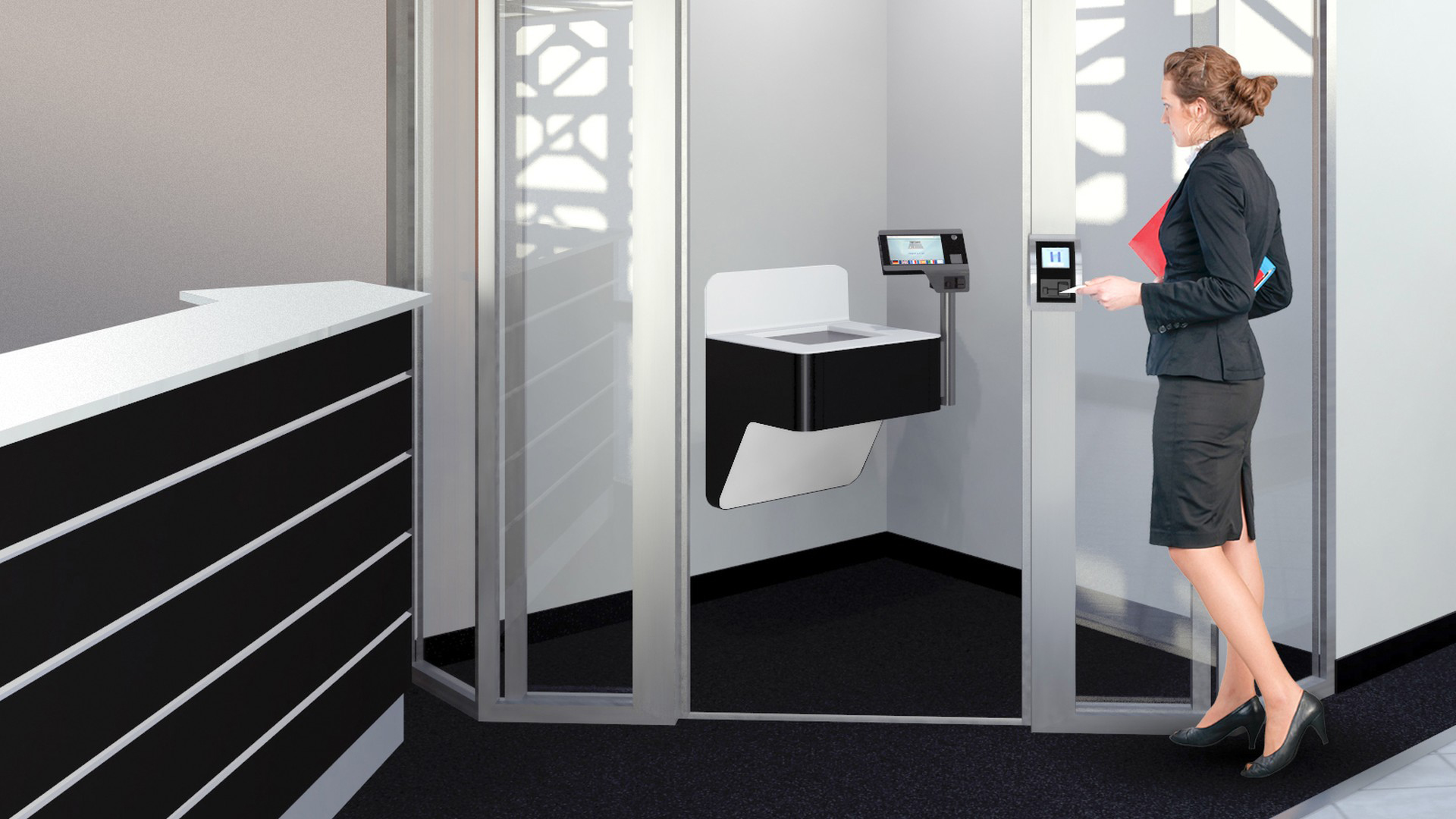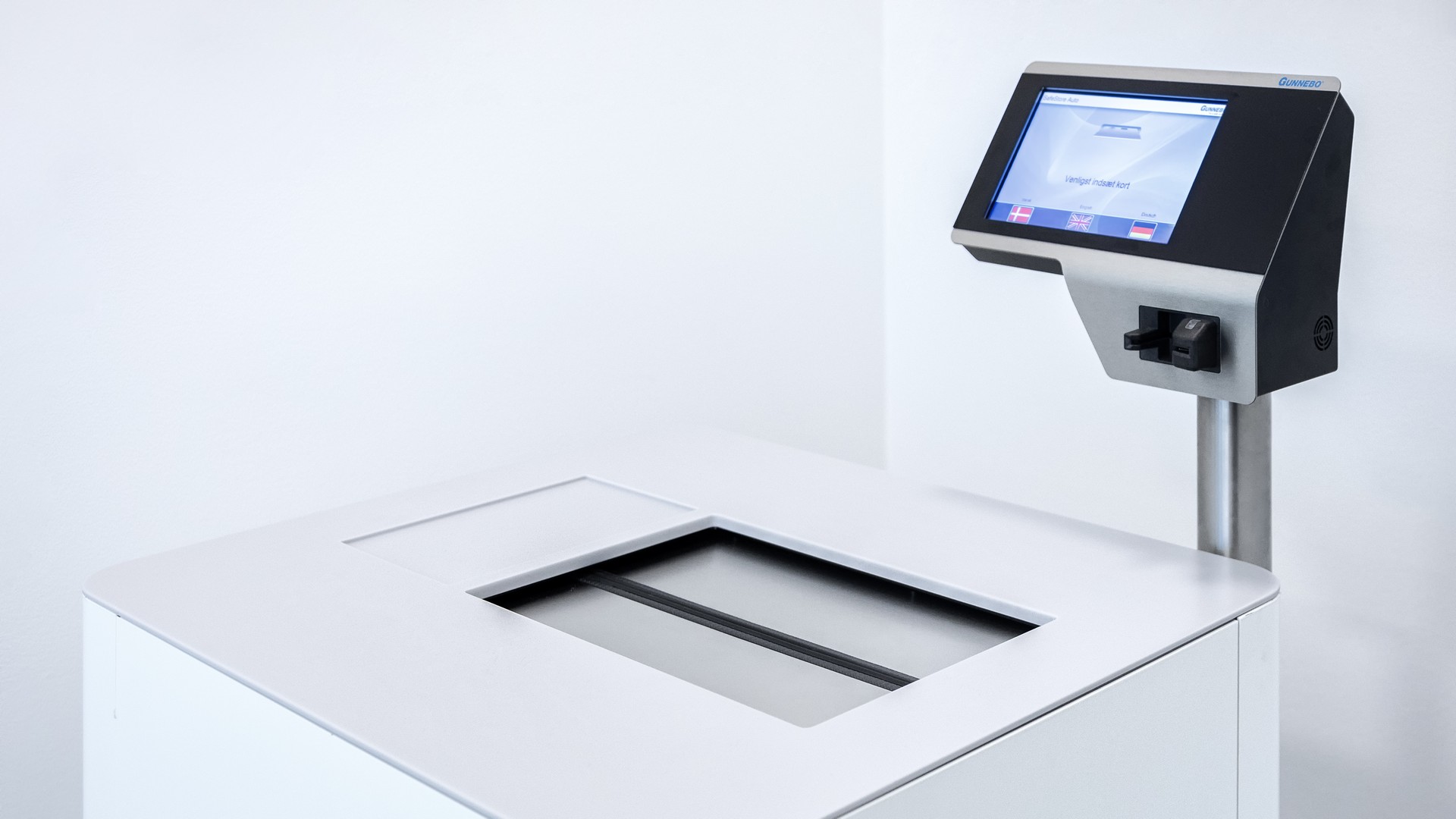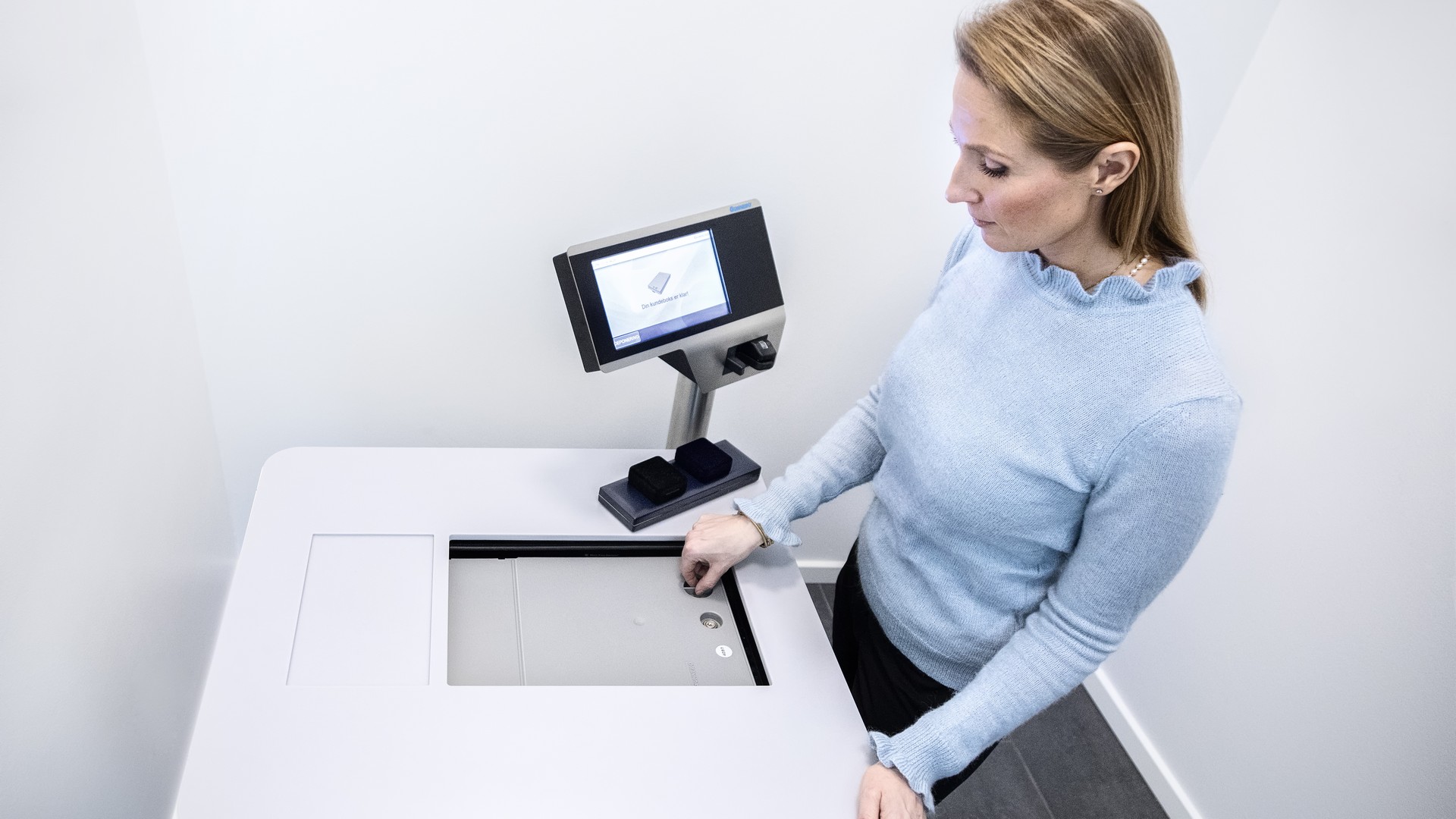Why self-service is a fast-moving trend in safe deposit lockers
Safeguarding client valuables in safe deposit lockers (SDLs) is a service offered by banks as well as hotels, cruise ships, casinos and other...
2 min read
 Emmanuel Harir Forouch
:
Mar 30, 2020 3:47:47 PM
Emmanuel Harir Forouch
:
Mar 30, 2020 3:47:47 PM

Self-service safe deposit lockers are robotised systems which bring a bank customer's deposit box from the vault to a terminal in a secure room.
![SSA-Mini-InSitu-004[1920x1080]](https://blog.gunnebosafestorage.com/hs-fs/hubfs/Blogg%20SS/SSA-Mini-InSitu-004%5B1920x1080%5D.jpg?width=1920&name=SSA-Mini-InSitu-004%5B1920x1080%5D.jpg)
The customer identifies themselves via the terminal and opens the box using a personal key. When the customer has finished, the box is returned to the vault by the robot.
Here are the 7 main reasons why self-service SDLs are being favoured over conventional walk-in vaults.
Whereas a conventional walk-in vault with SDLs requires a customer to be accompanied by a member of staff, self-service systems need no involvement from bank personnel.
Resources can be allocated instead to other areas of the business.
Self-service SDLs are available to bank customers at any time of the day.
Customers access their lockers via a secure room in the bank lobby using their personal ID and since no staff are required to be present, the service can be made available outside of normal opening hours.
Conventional safe deposit locker services require a vault with enough space for customers to move around in and open their boxes.
The vaults used for self-service SDLs pack the same number of lockers into a much smaller area with only minimal extra space needed for the robot to move up and down the columns to pick the right box.
The location of the vault is also entirely flexible. Banks can place it out of the way on a cheaper basement level and the robotised system will still deliver deposit boxes to a ground level terminal..png?width=600&name=SSA-Maxi-Drawings-007%20(1).png)
As well as cost reductions derived from better resource allocation and saving on premium office space, the 24-hour availability of self-service SDLs means a bank can charge a higher locker rental fee.
Furthermore, such an innovative service tends to attract a broader customer base and with more lockers per metre cubed, the return on investment is greater than conventional SDLs.
Self-service safe deposit lockers incorporate several levels of security.
Customers must first provide identification to enter the secure room where they access their locker. Once at the self-service terminal, the customer must then verify their identity again through a combination of PIN and biometric information, such as a fingerprint. Finally, the customer uses a personal key to open their deposit box.
Combined with CCTV monitoring of the secure room and access control tracking who has entered the room and when, a high level of security is maintained.
Smaller self-service units integrate the lockers in a secure enclosure directly behind the customer terminal.
The advantage for banks is being able to take the whole system with them if they relocate..png?width=600&name=SSA-Mini-Drawings-003%20(1).png)
An automated safe deposit locker system reduces the workload for bank staff when it comes to back-office administration with easier locker management and quicker client registration.
Read more about automated self-service safe deposit lockers
Read more:

Safeguarding client valuables in safe deposit lockers (SDLs) is a service offered by banks as well as hotels, cruise ships, casinos and other...

Increasing demand for digitalisation and services available at all times is gradually transforming the relationship between banks and their...

3 min read
Last week we read of a new investment scandal in Cologne, Germany where investors entrusted an unknown company with 45 million Euros to buy gold and,...